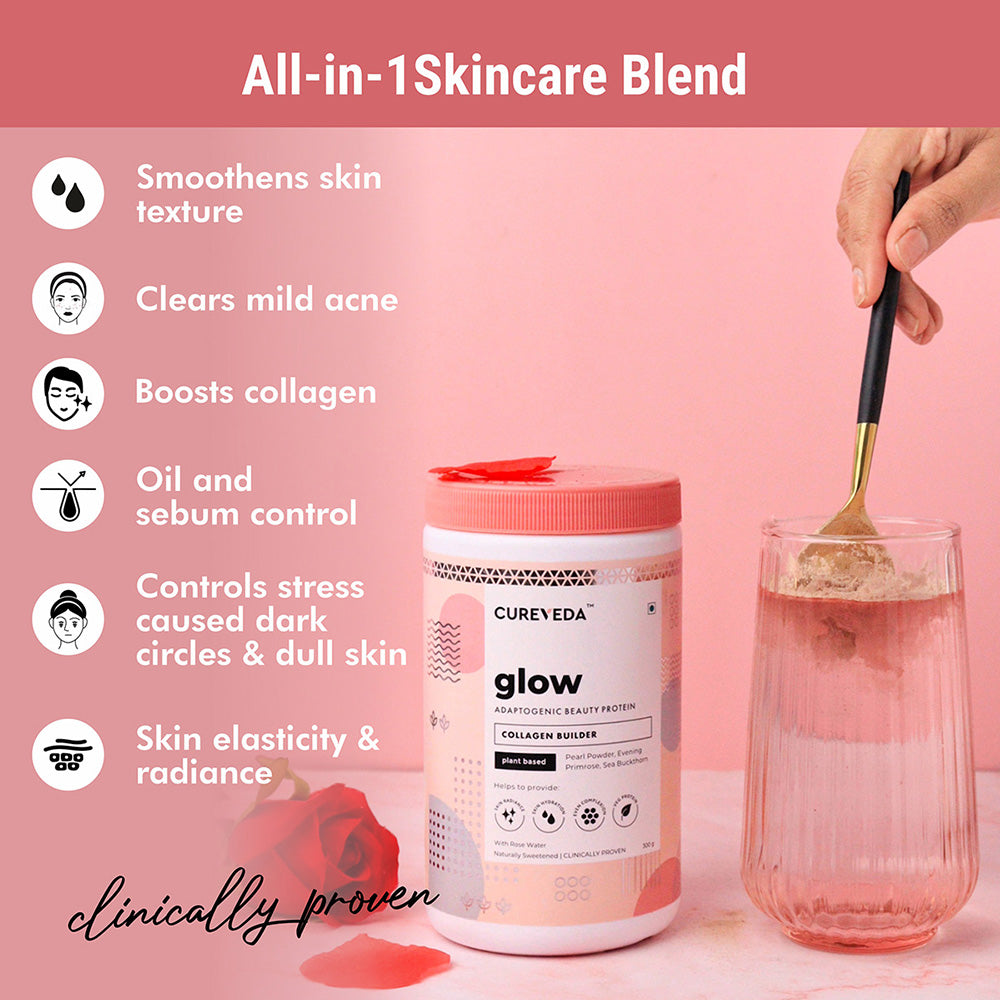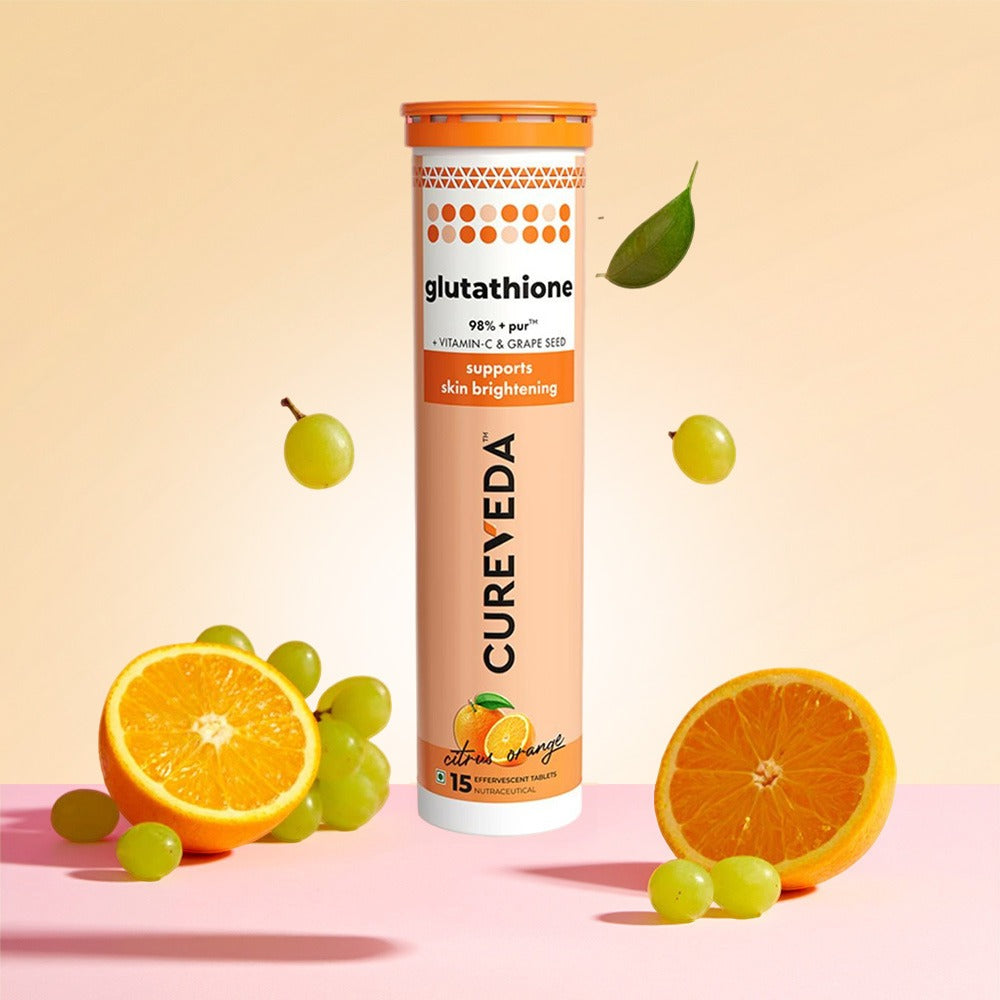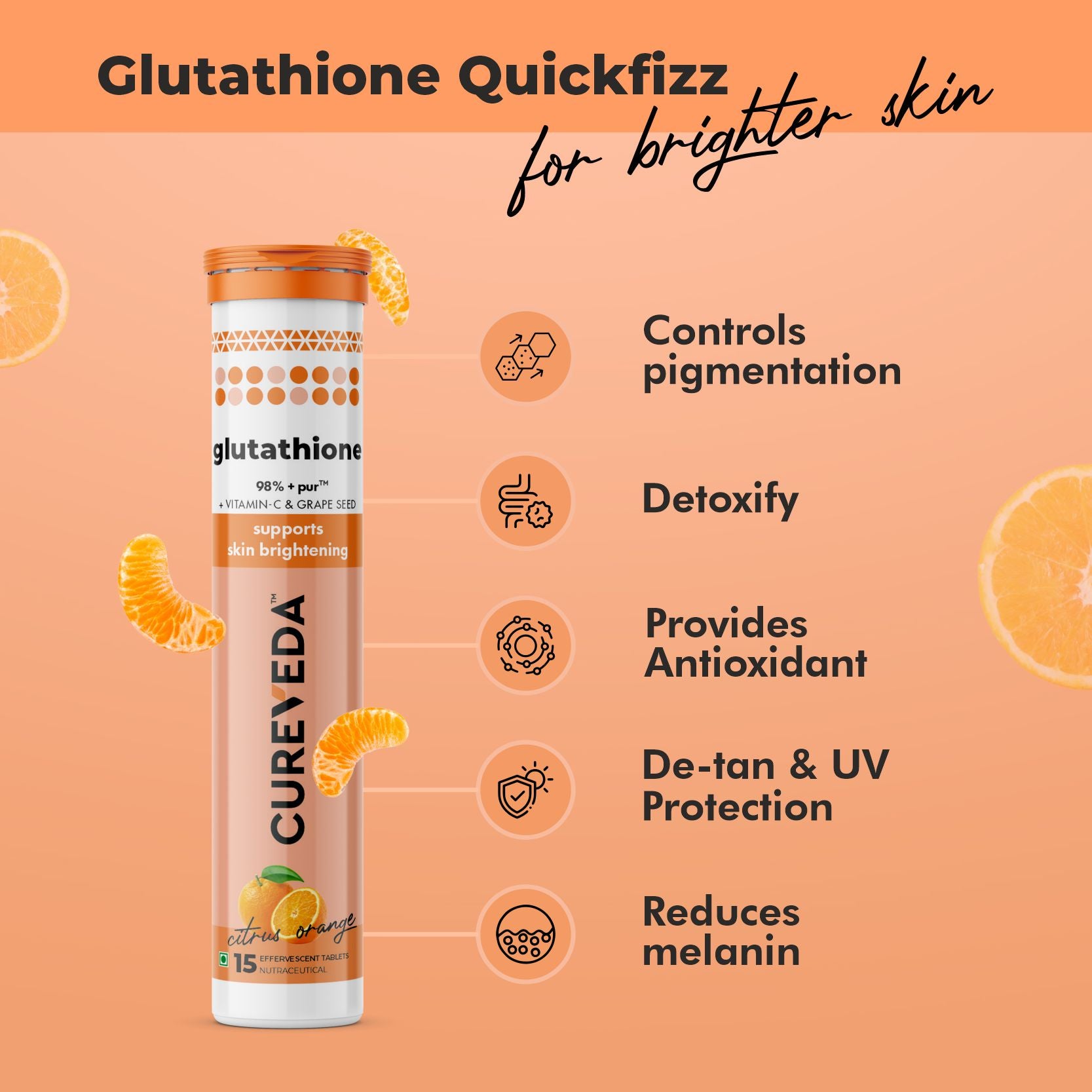Complete Guide to Vitiligo: Causes, Symptoms, Diagnosis & Ayurveda
Switra, known as vitiligo or leucoderma in modern medicine, is a condition marked by whitish discoloration of the skin, termed "Sweta Varna Twacha" in Ayurveda. Global vitiligo prevalence is estimated between 0.5% and 2% of the population, according to recent systematic reviews and meta-analyses.
Meaning of Vitiligo, Leucoderma, and Switra in Ayurveda
The term vitiligo derives from the Latin "Vitellos," meaning "white sheep," reflecting the characteristic white patches caused by the loss of skin pigment. "Leuco" (white) and "derma" (skin) together describe leucoderma, emphasizing the abnormal whiteness of affected areas.
How Loss of Melanocytes Causes White Patches?
This non-contagious condition occurs when melanocytes, the cells responsible for skin pigmentation, are destroyed or stop functioning. Vitiligo can affect any part of the body, often appearing symmetrically, and may impact a person’s appearance, potentially causing emotional distress. While not physically harmful, it requires proper diagnosis to rule out other conditions.
Ayurvedic approaches focus on balancing doshas through diet, lifestyle, and herbal remedies, while modern treatments may include phototherapy or topical medications to manage symptoms effectively. Approximately 15–30% of vitiligo patients report a family history, varying by study and population across diverse cohorts.
Is Vitiligo an Autoimmune Disease?
Vitiligo is unique among skin diseases as it does not cause itching, pain, or physical discomfort. It is an autoimmune condition, similar to other diseases such as diabetes, cancer, hypothyroidism, alopecia areata, and lichen planus.
Approximately 15–25% of vitiligo patients present at least one additional autoimmune condition, such as thyroid disease or alopecia areata, commonly.
Among these, vitiligo is the mildest. Many individuals with vitiligo have a family history of autoimmune diseases, indicating a predisposition that could have resulted in more severe conditions. Studies show autoimmune thyroid disease occurs in about 10–30% of vitiligo patients, in several meta-analyses.
What is Vitiligo? Symptoms, Development, and Early Signs
Vitiligo, also known as Switra or Leucoderma, is a chronic skin disorder characterized by the appearance of white patches. This occurs because the skin's pigment-producing cells, called melanocytes, are destroyed, resulting in the loss of skin colour in affected areas.
Modern and Ayurvedic Treatment Options for Vitiligo
A range of treatments is available to manage Vitiligo.
Topical Medicines and Phototherapy in Modern Care Include:
-
The use of topical corticosteroids and calcineurin inhibitors
-
Phototherapy (light therapy). Narrowband UVB phototherapy achieves ≥75% repigmentation in roughly 13–36% of patients between three and twelve months across multiple clinical studies.
-
Surgical interventions like skin grafting
Ayurvedic Approaches:
-
Shodhana (detoxification)
-
Shamana (internal and external herbal applications)
-
Specific dietary and lifestyle adjustments

Main Causes of Vitiligo
- Immune Hypothesis: Destruction or dysfunction of melanocytes (pigment-producing cells) due to an immune response.
- Neural Hypothesis: Neurochemical inhibitors at nerve endings that destroy or inhibit melanocyte function.
- Melanocyte Self-Destruction Hypothesis: An intermediate in melanin synthesis causes melanocyte destruction.
- Dietary Deficiency: Lack of proteins and minerals, particularly low copper levels in serum, skin, and cerebrospinal fluid.
- GI Disorders: Chronic amoebiasis, dyspepsia, and intestinal worms. Broad-spectrum antibiotics like chloramphenicol and streptomycin.
- Local Irritation: Tight clothing such as saris or trousers.
- Composite Hypothesis: A complex interaction of multiple factors affecting melanocytes.
Symptoms of Vitiligo
- Harmless white patches on the skin, more common in women and typically seen on the hands, neck, back, and wrists.
- Generally, no other symptoms besides the whiteness of the skin. Occasionally, itching due to sun exposure or contact with chemicals.
- Patches may appear pale, red, or milky white.
Conditions with Similar Symptoms
Halo nevus, skin injury, tinea versicolor, lichen sclerosis, leprosy, morphea, pityriasis alba.
How Is Vitiligo Diagnosed? (Clinical and UV Tests)
A white patch is likely vitiligo if it:
- Has a darker outline than the skin.
- It is irregular in appearance.
- Gradually increases in size.
- Appears milky white under ultraviolet light.
Ayurvedic View: What Is Shwitra and How Does It Develop?
Vitiligo can be correlated with Shwitra in Ayurveda. Acharya Charaka mentions causes such as Virudha Ahara Sevan (improper diet) and Papkarma (bad deeds), which vitiate Kapha Dosha, affecting the meda dhatu (fat tissue) and causing white patches.
General Treatment Approach
There is no single therapy that produces consistent results in all patients. Treatment is usually long-term and may take months or years.
Goals are to control the disease and produce pigmentation, and may include surgical treatments, melanocyte culture, or cosmetic treatments.
Ayurvedic Treatment Protocol for Vitiligo (Shwitra)
Shodhana Therapies like Virechana and Raktamokshan
- Herbal decoctions of Psoralea corylifolia (Bakuchi Kwatha) and Euphorbia neriifolia (Snuhi) induce multiple bouts of purgation.
- Oil massage (Taila) is based on the patient's examination and disease.
- Sun exposure (Soorya Pada Santhapam) for as long as tolerable.
Herbal Oils, Lepa, and Bakuchi-Based Preparations
Topical application of herbal lepa (pastes), powders (Curna), herbalized ghee (Ghrita), semi-solid preparations (Avaleha), herbalized oils (Thaila), fermented solutions (Asava-Arista), and tablets (Vati/Gutika).
Bakuchi oil (Psoralea corylifolia) and sesame oil are used, which contain psoralen to stimulate melanocytes under UV light.
Diet for Vitiligo: Foods to Avoid and Include
Increase consumption of bitter vegetables like drumsticks and bitter gourd. Avoid difficult-to-digest foods, sour taste, excessive salt, curd, fish, jaggery, and sesame seeds.
Avoid incompatible food combinations like fish and milk together. Ensure adequate sleep and avoid excessive exposure to cold or heat.
Food Combinations to Avoid:
- Avoid excessively sour foods, as vitamin C inhibits melanin production. Refrain from citrus fruits, sour yogurt, sour pickles, etc.
- Minimize non-vegetarian foods, especially seafood, which can introduce harmful chemicals like mercury. Avoid artificial colours in food.
- These dietary guidelines are based on clinical experience and patient feedback, even if scientific evidence is limited.
Conclusion
Vitiligo is a non-contagious, chronic condition characterized by white patches on the skin due to loss of melanin pigment. Ayurveda offers a comprehensive approach to managing vitiligo through purification therapies, herbal and herbomineral preparations, diet, and lifestyle modifications. The goal is to control the condition and promote pigmentation, providing a holistic approach to treatment without adverse effects.
Ayurvedic medicines and treatments should be taken under the supervision of a qualified Ayurvedic doctor/physician. The information provided in this article is for general educational purposes and should only be used with the consultation of a qualified Ayurvedic doctor/physician.
FAQs
1. What is the best treatment for vitiligo?
The best vitiligo treatment varies by individual. Ayurvedic approaches, like Panchakarma (Virechana) and herbs (Bakuchi, Neem), aim to balance doshas and promote repigmentation.
2. What are the symptoms of Switra?
Switra (vitiligo) manifests as white or pinkish-white skin patches due to melanocyte loss, often symmetrical with clear edges. Common areas include the face, hands, and legs. Mild itching may occur, and hair in affected areas can turn white. Emotional distress from cosmetic changes is frequent.
3. Can vitiligo be cured 100%?
A 100% cure for vitiligo isn’t guaranteed. Early cases may respond well to Ayurveda (herbs like Bakuchi, Panchakarma) or phototherapy, achieving partial or significant repigmentation.
4. Which drink is good for vitiligo?
Ayurveda recommends vegetable juices (carrot, cucumber) or turmeric water to reduce Pitta and inflammation. Herbal teas (neem, guduchi) aid detoxification. Avoid acidic drinks like citrus or caffeine, which may worsen Pitta.
5. What is Shwitra treatment in Ayurveda?
Shwitra treatment in Ayurveda uses Shodhana (detoxification via Virechana or leech therapy) and Shamana (herbs like Bakuchi, Haridra). A Pitta-balancing diet (avoiding fish with milk) and lifestyle changes like yoga help restore melanin production and address dosha imbalances.



 Shop All Products
Shop All Products




